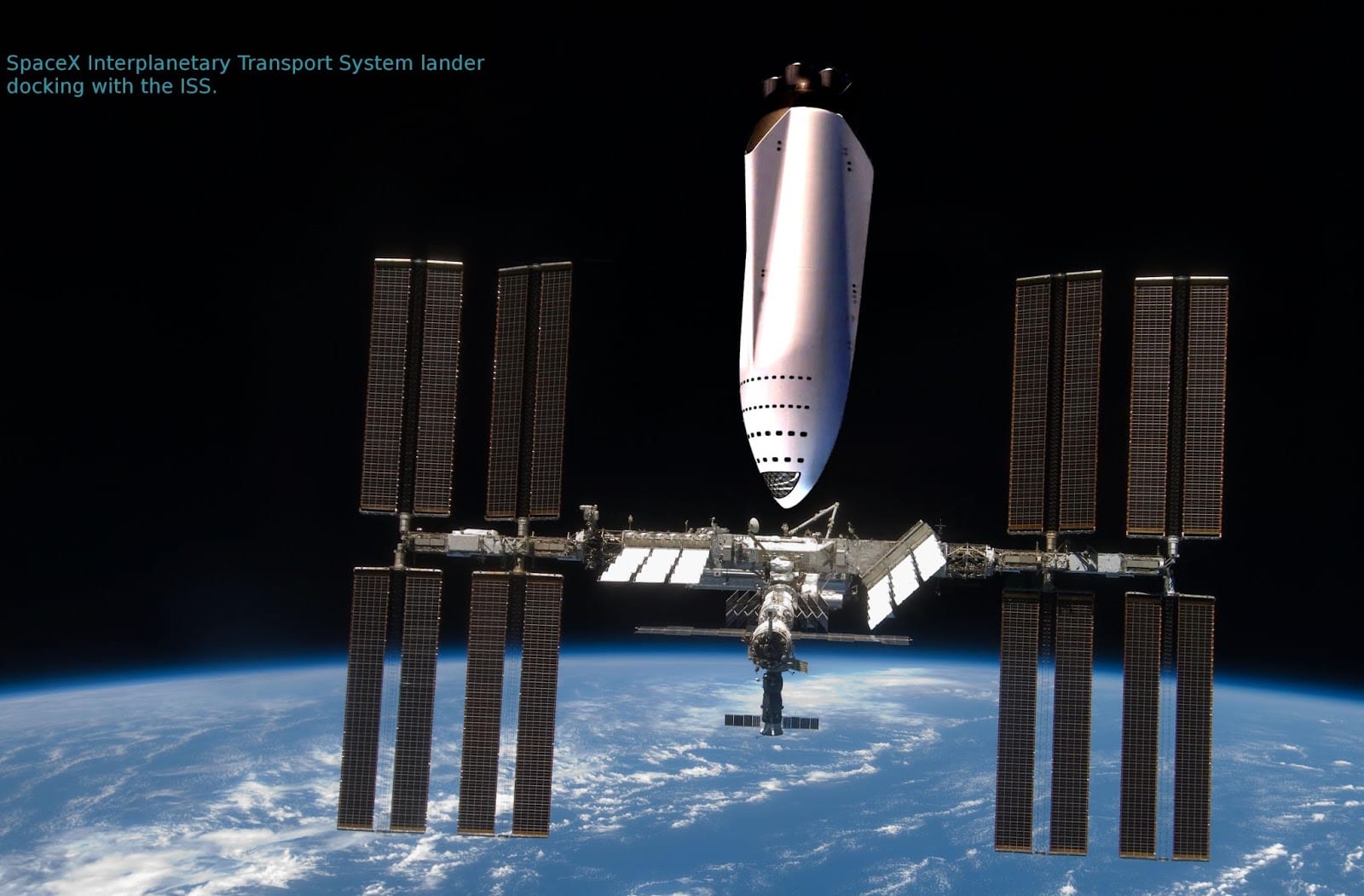The Quadrantid meteor shower is renowned for being one of the first meteor showers of the year, and in 2025, it promises to be an exciting spectacle for skywatchers. This annual event typically peaks in early January, offering a unique opportunity for enthusiasts to observe shooting stars as they streak across the night sky. Understanding the characteristics of the Quadrantids, including their origins, peak viewing times, and the best locations for observation, can enhance the experience for those eager to witness this celestial phenomenon.
The Quadrantids are unique among meteor showers due to their sharp peak and the intensity of their activity. This meteor shower is associated with the asteroid 2003 EH1, which is believed to be a fragment of a comet. The Quadrantids derive their name from the now-obsolete constellation Quadrans Muralis, which was located between the constellations of Bootes and Draco. Although the constellation is no longer officially recognized, the meteor shower continues to be a significant event in the astronomical calendar.
In 2025, the Quadrantid meteor shower is expected to reach its peak on the night of January 3rd into the early morning hours of January 4th. During this peak, observers may witness as many as 120 meteors per hour under optimal conditions. However, the actual number of meteors visible can vary depending on several factors, including light pollution, weather conditions, and the observer’s location.
To maximize the chances of seeing the Quadrantids, it is essential to find a dark location away from city lights. Ideal viewing conditions include clear skies and minimal moonlight interference. In 2025, the moon will be in its waxing gibbous phase, which may reduce visibility of fainter meteors. Therefore, it is advisable to plan viewing sessions during the hours when the moon is less prominent in the sky, particularly after midnight when the radiant point of the meteor shower, located in the constellation Boötes, is higher in the sky.
For those who may not have access to dark skies, there are several strategies to enhance the viewing experience. Utilizing apps or star charts can help identify the radiant point and track the movement of meteors across the sky. Additionally, lying flat on a blanket or reclining chair allows for a more comfortable viewing experience, enabling observers to take in a broader section of the sky.
The Quadrantid meteor shower is not only an opportunity for amateur astronomers but also serves as a reminder of the dynamic nature of our solar system. The meteors are remnants of the debris left behind by the asteroid 2003 EH1, and their appearance is a fascinating demonstration of the interplay between celestial bodies. Each meteor is a small fragment that burns up upon entering Earth’s atmosphere, creating the bright streaks of light that captivate observers.
As the Quadrantids approach, various organizations and astronomy clubs often host events to encourage public interest in this celestial event. These gatherings may include educational talks, telescope viewing, and guided observations, providing both novice and experienced skywatchers with insights into the science behind meteor showers. Participating in such events can enhance the overall experience and foster a greater appreciation for the wonders of the universe.
In conclusion, the Quadrantid meteor shower in January 2025 presents an exciting opportunity for skywatchers to witness one of the year’s first major celestial events. By understanding the origins, optimal viewing conditions, and strategies for observation, enthusiasts can enhance their experience and enjoy the beauty of the night sky. Whether observing alone or participating in community events, the Quadrantids offer a chance to connect with the cosmos and appreciate the dynamic nature of our solar system.


